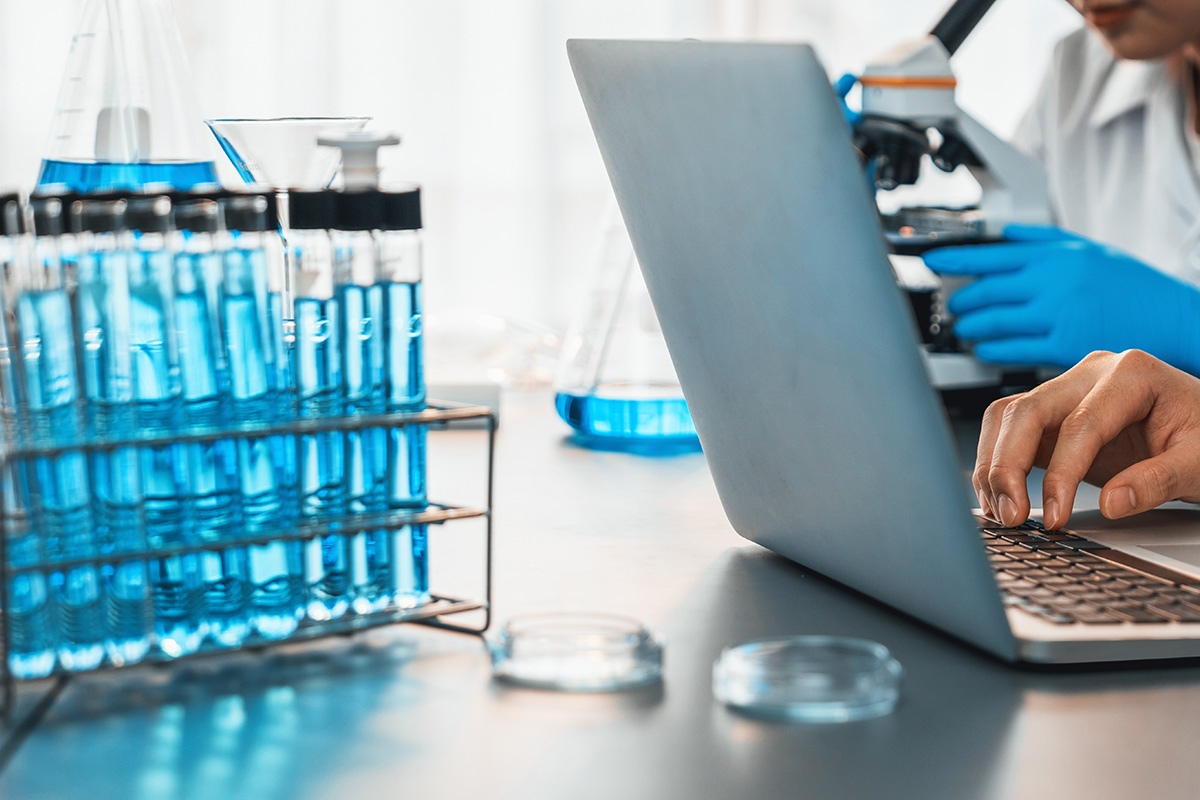Are you taking a risk with non-compliant biomedical equipment?


About the author Kenny Rea
Kenny brings 20+ years in the gases industry, specialising in Biomedical and Healthcare. He offers expert guidance on BCGA compliance, cryo-room design, MDR-certified LN₂, and technical support for MVE equipment.
Navigating Compliance:
The Role of CE Marking & MDD/MDR in Biomedical Equipment
Regulations and compliance are, in general, a complicated issue. But of course, they’re there for a good reason: to make sure quality and safety standards are met and minimise any risks involved. And nowhere is that more important than in the biomedical sector, especially in the equipment you use.
Problem is, with so many changes over recent years, there’s now a degree of confusion that has led to more labs and clinics unwittingly taking risks they can well do without. So whether you’re a lab manager or researcher relying on certified equipment for trials and diagnostics, part of a procurement team evaluating equipment or your remit is quality assurance, it’s important you understand how you can make sure equipment is of the right standard.
A little background
When the UK was still part of the EU, knowing equipment was compliant was fairly simple. Manufacturers had to make sure their biomedical equipment carried a CE mark to legally sell it in Europe, so you could just look for the mark and know it met high safety, health, and environmental protection standards.
Following Brexit, the UKCA mark was proposed to replace CE marking for products on the British market, with a transitional period allowing the continued acceptance of CE-marked products while they were re-certified. However, this has proved difficult to implement, and currently there are proposals to make CE marking recognised indefinitely.
To further complicate matters, in 2021 the MDD transitioned to the current Medical Device Regulations (MDR). Introduced with the aim of further enhancing patient safety, the MDR puts greater emphasis on transparency, traceability and clinical evidence – and manufacturers are expected to adhere to these requirements as well as maintaining CE marking.
Doesn’t all biomedical equipment meet CE or MDR regulations?
It should. – but increasingly, we’re seeing examples where it doesn’t.
The regulations stipulate that if a liquid nitrogen cryogenic freezer, for example, is being supplied for an application where the samples stored are to go back into the human body, it’s classed as a medical device and must be MDD/MDR certified.
MDR certification is harder to get than CE marking, and it’s the specific UK legislation for medical devices. Whether it’s a CE mark or MDR certification though, it’s there to show that equipment meets high safety, health, and environmental protection standards, and is effective and fit for purpose.
You might think it’s solely down to the manufacturer to make sure equipment is certified – but the regulations put the responsibility on both the supplier and the end user of any medical device to check that they’re compliant.
It’s this assumption that’s leading to uncertified equipment finding its way into labs. If the supplier doesn’t mention that the equipment’s non-compliant, managers and procurement teams assume it is and install it. The problem is, should your equipment undergo an inspection by the MHRA, you’ll need to explain why it’s not certified. And as a result, you potentially run the risk of some very serious consequences.
The risks non-compliance carries
Using equipment without certification means you can’t be sure it meets the necessary safety standards – which could be putting patients at risk, something no lab or clinic can afford to do.
As well as poor clinical performance, equipment without the proper certification could lead to compliance failures, delays in clinical trials, rejection from regulatory bodies, wasted research and ultimately, loss of your licence or even legal action. For a fertility clinic or biobank, for example, your service relies on clients being able to trust you (and your equipment) – and any such damage to your reputation can be very costly.
That’s why it’s so important to look for CE or MDR compliance, not only on medical devices but also with the gases you use.
How we can help
Making informed product decisions and avoiding the potential risks of non-compliance is vital. But with time and resource pressures, together with a lack of transparency from some manufacturers, how can you be sure your equipment meets the latest standards? The simple answer is, leave it to us.
We can help in two ways. Firstly, as a responsible supplier partner we understand the importance of keeping you on top of the UK’s evolving standards, helping you fully understand the regulations and giving you any advice you need to help you meet them. It’s all part of the consultative support we offer.
And secondly, we offer a range of fully CE-marked and Medical Device certified equipment, complete with clear documentation, traceability and support for audits and clinical validation. We’re also the UK’s only industrial gas manufacturer of MDR-certified liquid nitrogen.
In conclusion
With changes following Brexit and the transition to MDR, biomedical equipment is now being sold in the UK without the reassurance of CE marking – so it’s risky to assume that any equipment you’re looking at purchasing automatically carries it. Caution is the key word – take the time to check what certification it does carry, together with the relevant documentation, and you’ll minimise the risks to your lab or clinic.
If you’d like to talk to us about any aspect of the regulations and how to make sure you comply, we’ll be happy to help – and keep you updated on any changes that might affect you.
To find out more, simply Air Products team.
Arrange to speak to
an expert
Complete the form below and one of our experts will be in touch.
Download our
brochure

